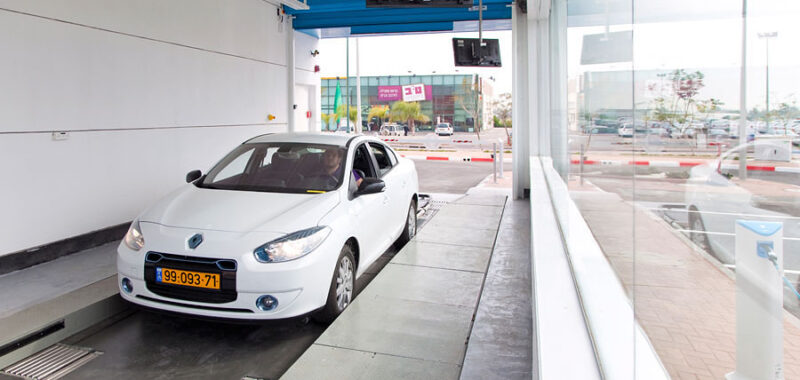Electric vehicle (EV) sales are growing solidly in key markets around the world, but charging infrastructure remains a headwind. Compared to a gasoline or diesel vehicle, it takes much longer to ‘refuel’ an EV, even on a fast charger. This is where battery swapping could play a role.
The automotive industry has been exploring the concept for years. Essentially, it involves replacing a used battery for a fully charged one at a dedicated swap station. This dramatically slashes the time involved for drivers, with a swap taking just three or four minutes on average. Israeli start-up Better Place was an early pioneer—perhaps too early, as it failed to secure enough followers and ended up in bankruptcy. Nearly a decade ago, Tesla promised it would offer swap technology for drivers but later backtracked and cancelled the project.
Now, the Chinese have picked up the ball and are gaining considerable ground. As of the end of June 2023, the three biggest swapping car brands had 2,266 swap stations across the country. Is the rest of the world ready to follow? Arturs Smilkstins, Managing Director and Partner at Boston Consulting Group (BCG), who also leads the automotive and EV space for the UK, is not so sure.

